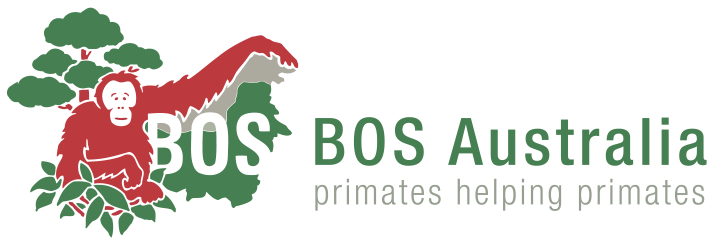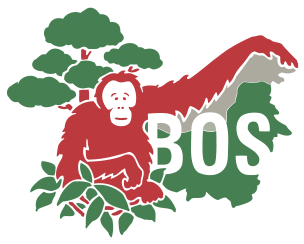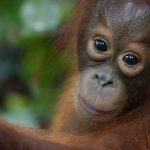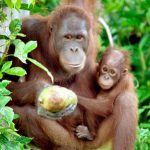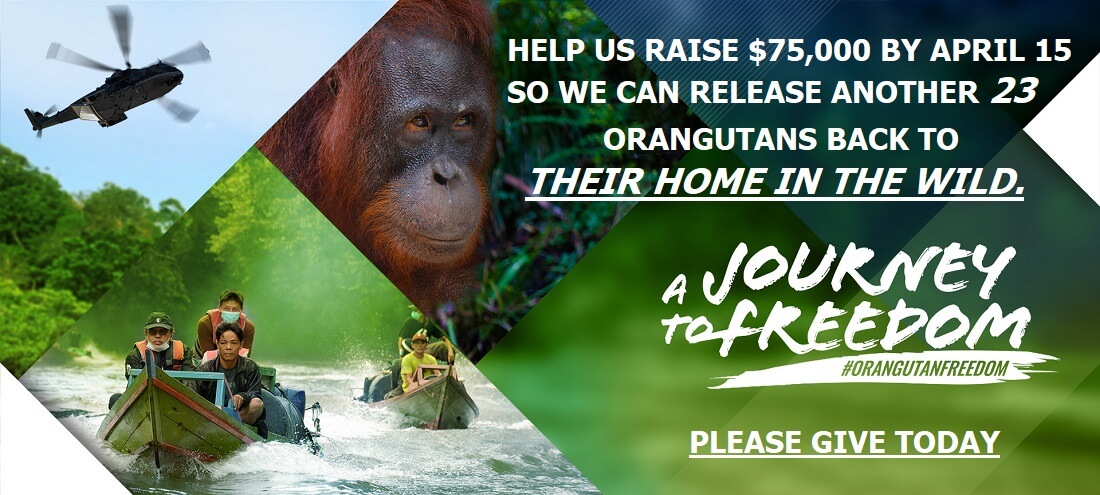New study on deforestation in Indonesia
New study on deforestation in Indonesia
Rhett A. Butler, mongabay.com
November 10, 2009
40% of lowland forests in Sumatra and Indonesian Borneo cleared in 15 years
Forty percent of lowland forests in Sumatra and Kalimantan (Indonesian Borneo) were cleared from 1990 to 2005, reports a high resolution assessment of land cover change in Indonesia.
The research, conducted by Matthew Hansen of South Dakota State University, and colleagues, found that Indonesia lost 21.35 million hectares (82,400 square miles) of forest during the period. Deforestation peaked in the 1990-2000 period (averaging 1.78 million hectares per year) before plunging around the turn of the century. Forest clearing has since crept up on a year-by-year basis, reaching 1 million hectares in 2005, but at 0.71 million hectares per year for the 2000-2005 period, remain below the 1990s rate.
Seventy percent of deforestation was concentrated in Sumatra and Borneo, the only islands that still house native orangutan populations.
The assessment is based on targeted sampling of remote sensing data that the authors say provides better accuracy than estimates from the U.N. Food and Agriculture Organization (FAO), the conventional source for forest cover estimates. FAO figures are based on satellite imagery and self-reported data from countries but have been widely criticized.
Hansen and colleagues last year released a global estimate for deforestation based on their targeted sampling methodology. They reported that 27.2 million hectares (105,000 square miles) of tropical rainforest were cleared from 2000 to 2005, an area representing 2.36 percent of global tropical forest cover. Brazil accounted for 48 percent of tropical deforestation, followed by Indonesia (13 percent).
Deforestation in Indonesia is principally caused by logging and conversion to agriculture and plantations. The palm oil and pulp and paper industries have emerged as major new drivers of forest clearance over the past 20 years.
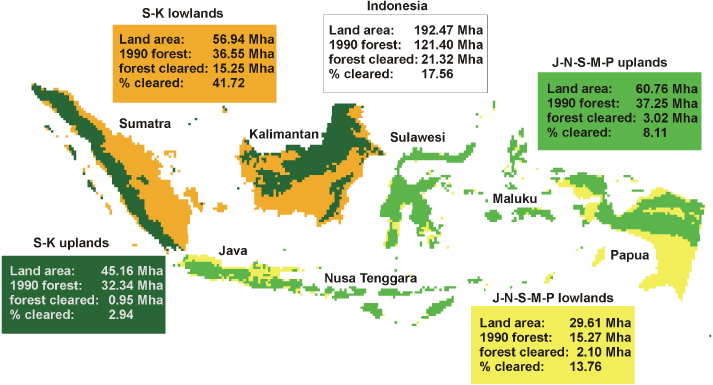 Estimates of national and sub-national forest cover extent and loss. S-K stands for Sumatra and Kalimantan island groups. J-N-S-M-P stands for the combined Java, Nusa Tenggara, Sulawesi, Maluku and Papua island groups. Image courtesy of Hansen et al. 2009
Estimates of national and sub-national forest cover extent and loss. S-K stands for Sumatra and Kalimantan island groups. J-N-S-M-P stands for the combined Java, Nusa Tenggara, Sulawesi, Maluku and Papua island groups. Image courtesy of Hansen et al. 2009
CITATION: Matthew C Hansen, Stephen V Stehman, Peter V Potapov, Belinda Arunarwati, Fred Stolle and Kyle Pittman (2009). Quantifying changes in the rates of forest clearing in Indonesia from 1990 to 2005 using remotely sensed data sets. ENVIRONMENTAL RESEARCH LETTERS. Online at stacks.iop.org/ERL/4/034001
